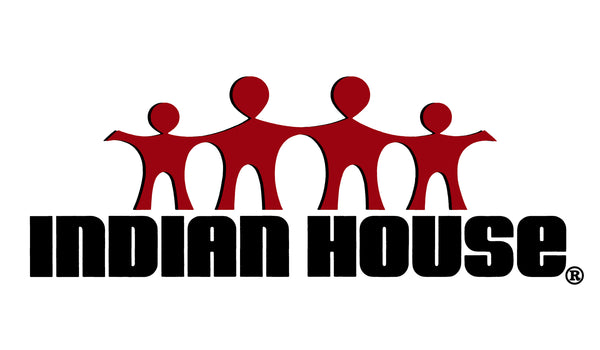American Indian or Native American? I'm Confused
By Tony Isaacs, 2005
Photo Credit : Black Foot, Standing Bear, Big Eagle. Three members of the Souix tribe pose in Indian Village, 1898.
Historically, “American Indian” was used almost exclusively until the early 1970’s. It was during the Kennedy Administration that a new set of terms began to be used for most of the country’s ethnic groups, such as Mexican American, Afro-American, Japanese American, and Native American. Also, college courses on “Native American studies” began to be offered in response to courses in other departments featuring Afro-American studies, Chinese-American studies, etc. As a result, Indian students taking these courses began to use the term Native American. Today, Indians older than 45 or 50 still refer to themselves as Indians, while younger people might use Native American.
Some Indian rights advocates have correctly pointed out that Columbus made a mistake when he landed here (he thought he was in India), and Indians have been living with his mistake for 500 years. At the same time, it is notable that AIM, the widely publicized Indian rights group formed in the 70’s called themselves American Indian Movement, not Native American Movement. The Indian Health Service is still called thus, and not Native American Health Service.
It was in the early 90's that the New York Times began to use “Native American” as the preferred politically correct term, and all other media followed suit. However, it is particularly interesting to see the new museum in Washington called “The National Museum of the American Indian,” and the series of U.S. postage stamps issued in 1996 called “American Indian Dances.”
Still confused? For years there has been ongoing discussion in Washington about expanding the Native American umbrella for the purpose of uniform program administration, to include all indigeneous peoples in all U.S. Territories, so that Hawaiians, Samoans, and others would be included as Native Americans. Some Indians have reacted to all of this by saying, “I’m not Indian and I’m not Native American, I’m Lakota” or “I’m Diné” which of course is the most accurate, but is impractical when describing the group of tribes on the North American continent.
Musically, “Native American” has become a catch-all category for any music inspired by, derived from, in honor of, or performed by or for Native Americans, as well as including authentic traditional Indian music. Several companies publish both their New-Age/World-Beat type music and traditional music under the same label and style of packaging, so that it is very difficult to determine what is traditional and what isn’t, and what is actually performed by Indians and what isn’t. In short, “Native American” is now used so broadly in the music field that it is no longer useful to define a type of music. Traditional Indian music, which is distinct from all the rest, gets lost in this category. An easy improvement would be “Native American–Contemporary” and “Native American–Traditional." Some stores don’t have a Native American category at all, and file everything under “New Age,” which may be accurate for some Native American, but certainly not for traditional.
Most “Native American” recordings today are really rock, rap, country, new age, or reggae forms inspired by Native American ideas. Even when composed and performed by Native American artists and packaged with ultra-authentic looking covers, rock is still rock, and rap is still rap.
Okay, so what is “real” American Indian music? Although forms and styles vary greatly across the country, almost all Indian music is vocal, often with some form of percussive accompaniment such as drum or rattle. Also, it is linear music, without harmonic development, without European bar lengths or scale. It is not written down, it is all oral tradition. With the exception of the flute, melodic instruments are rare. Finally, and most importantly, Indian music is an expression of tribal aesthetic values, and this is what sets traditional Indian music apart from all other musics in this country.Indian House was started in 1966, before “Native American” came into use. There wasn’t any problem then; “American Indian” was the only term, and there was only one kind of music. In fact, for 15 years we used to say, “Indian House – American Indian music.” It wasn't until the 80's that we defensively added the word traditional to separate our recordings from the other types of Indian-related music which were beginning to appear, now called "Native American music." This is why, on the back of our CD’s, it says, “File under: American Indian, Traditional.” And we’re proud to keep it that way.

